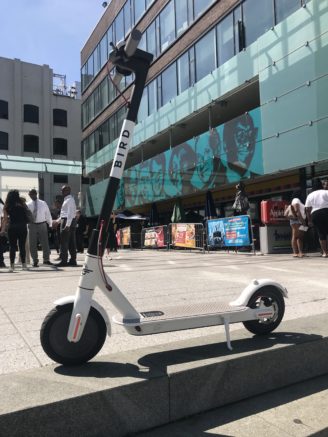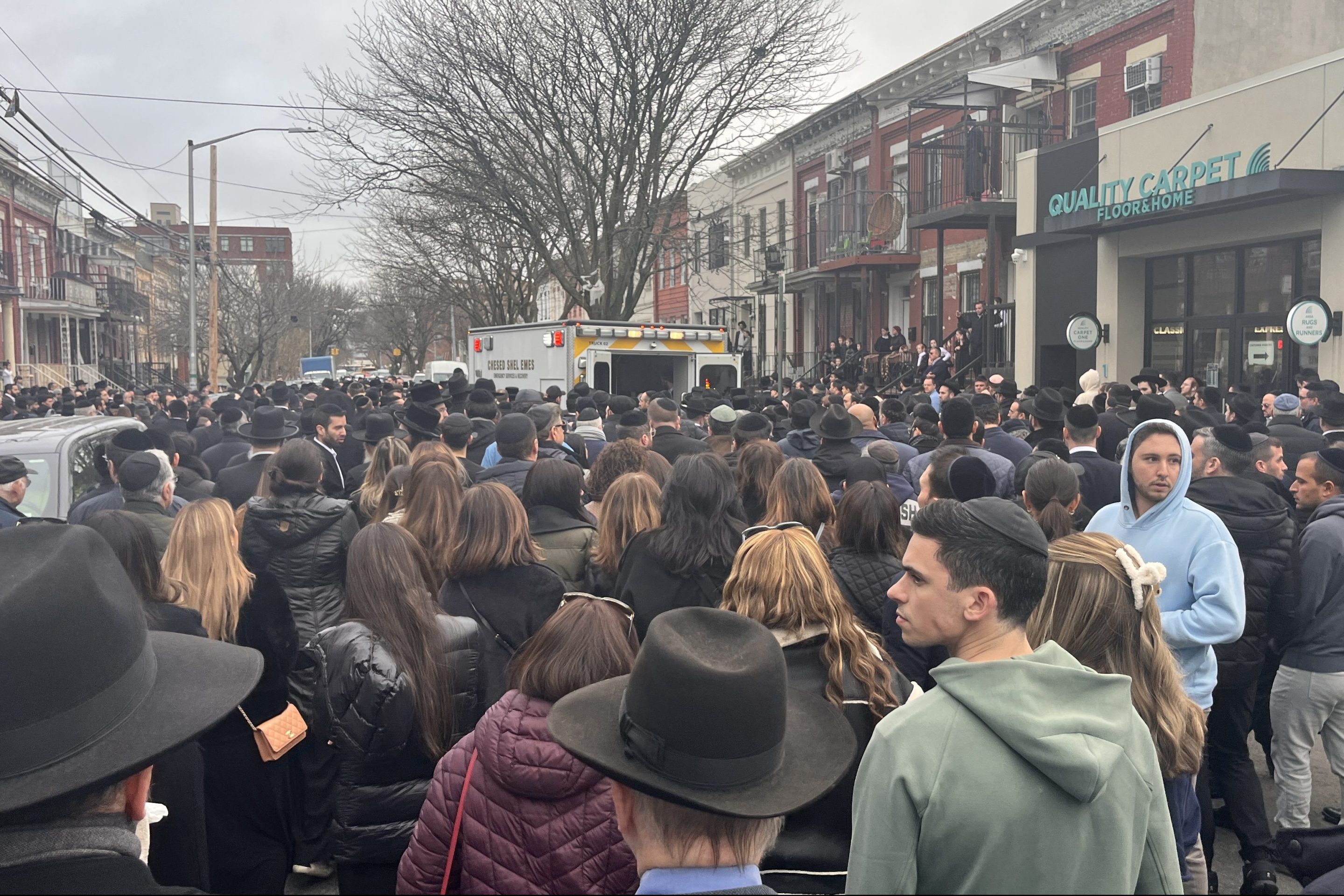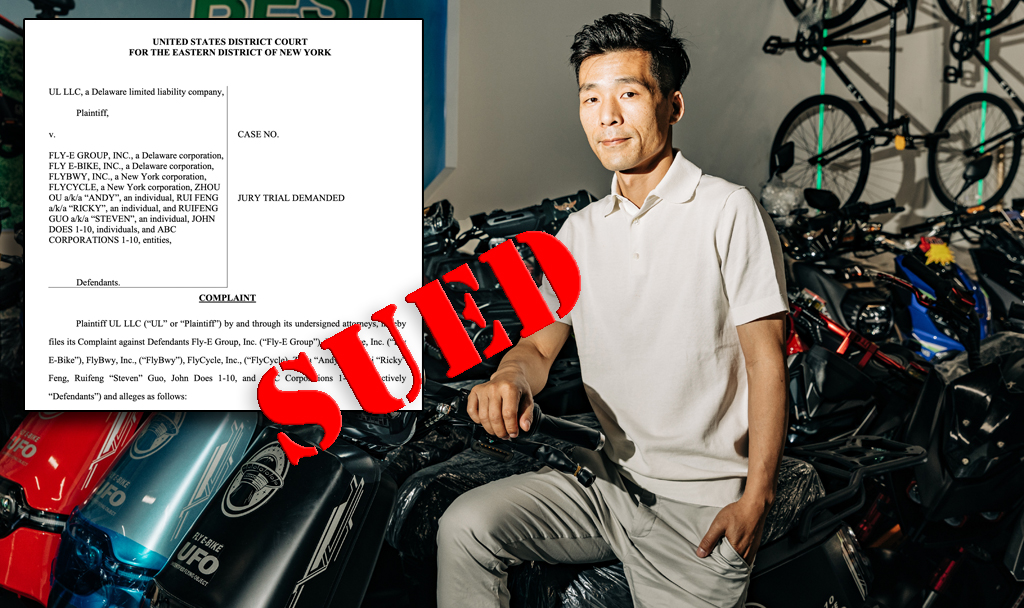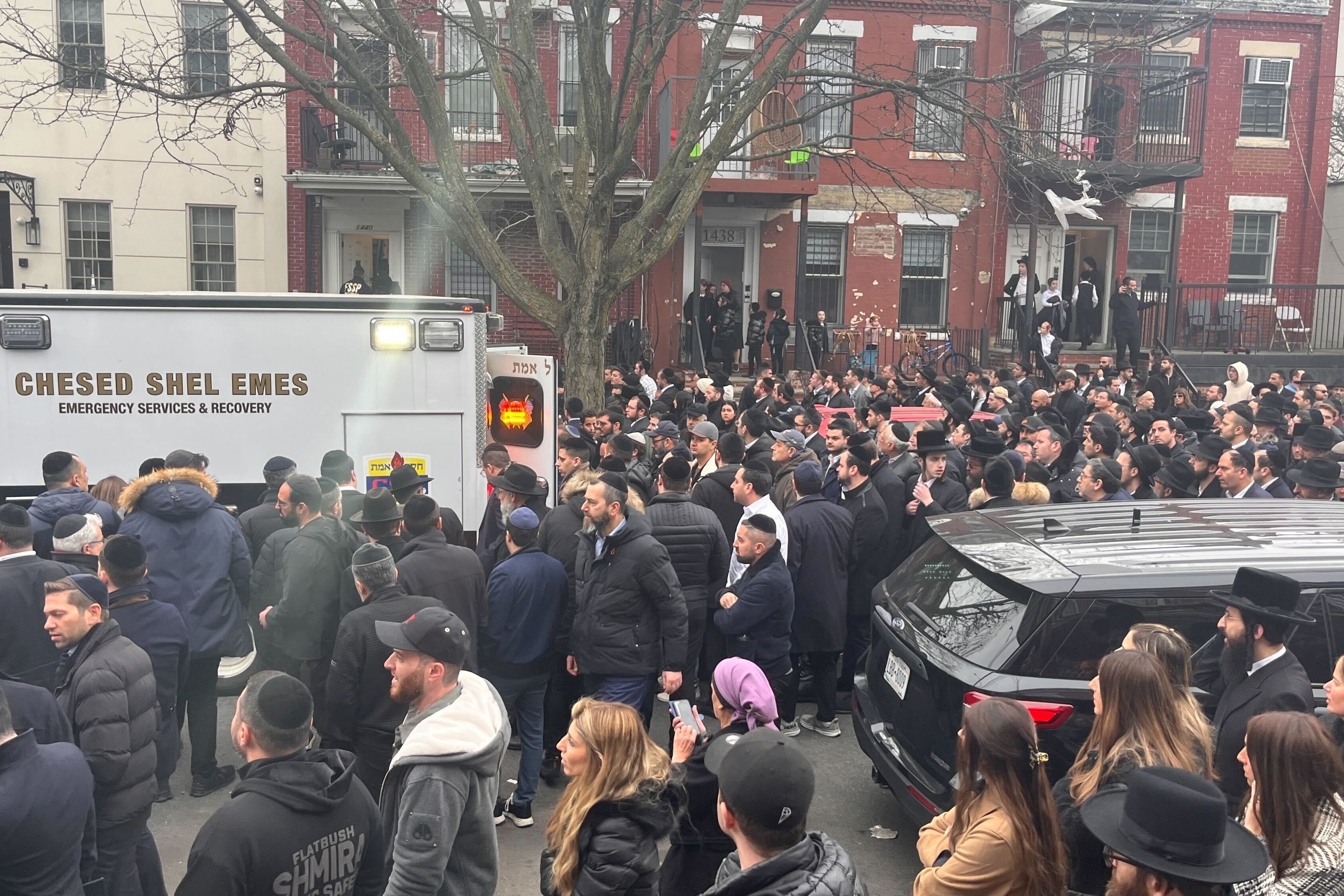Life in the bike lane is not supposed to be life in the fast lane.
But with pedal-assist electric bikes already legal in the city and a wave of electric scooters likely to be legalized by the end of the year, cycling advocates are discussing ways to ensure that pedalers aren't overwhelmed by the battery-powered muscle bikes or what one advocate calls "moto-scooters."
Department of Transportation Commissioner Polly Trottenberg is already looking ahead to the legalization of e-scooters, telling the New York Cycle Club earlier this week that her agency is already analyzing how e-scooters will operate in the city's ever-growing bike infrastructure network.
Which could mean that e-scooters, some of which can hit 20 mph, will be flying past regular bicyclists, who putter along at 10-13 miles per hour.
That prompted lawyer Steve Vaccaro, whose practice often represents cyclists who have been injured, to demand that the maximum speed of an e-scooter should be 15 miles per hour.
Vaccaro presented his plan in an epic Twitter stream on Wednesday morning, but later told Streetsblog that the "moto-scooters" (he calls them that so that they won't be confused with a kid's toy) should be certified by local bike shops or a city inspection service as not being able to exceed 15 miles per hour, a speed limit that he says currently works in Los Angeles.
>@pollytrott said she envisions bike share expanding to all of upper Manhattan "soon". She sees a role for dockless at the edges but thinks the docked system is superior where economically feasible and believes the Lyft acquisition should enhance Citibike operations.
— Steve Vaccaro (@BicyclesOnly) September 12, 2018
10/n @pollytrott pointed out strongest rationale for allowing moto-scooters in bike infrastructure: safety of grouping transpo modes homogenously by speed/maneuverability characteristics. Moto-scooters are too fast for sidewalk, too slow/non-nimble for vehicular lanes.
— Steve Vaccaro (@BicyclesOnly) September 12, 2018
"If there's an inspection, there wouldn't be a need for enforcement of the speed limit," Vaccaro said. "We have a motor vehicle infrastructure that's capped at 65 mph, but drivers are often speeding, which creates an enforcement problem. But if the moto-scooters simply can't go more than 15 miles per hour, we don't have an enforcement problem."
The issue arises as Council Members Ydanis Rodriguez and Rafael Espinal are drafting a bill to legalize e-scooters, which are too fast for sidewalks and too slow for the car lanes of roadways. Their presence in bike lanes could make them natural allies of cyclists — indeed, an exec with the scooter company Lime told me earlier this summer that scooters will help create a larger constituency for protected bike lanes — but conflicts are inevitable, Vaccaro said.
"Scooters and bikes can be allies [if] the circumstances and the experiences they have are similar," Vaccaro said. "If a scooter operator [rides] like cyclists, and they properly negotiate the traffic environment, that makes them natural allies. But if they are generally faster than everyone else, they will view those people as a nuisance and less-worthy users. They'll see them as people they just have to get around or not defer to, which, ironically, is the same complaint people have about bicycles. That's why a maximum speed of 15 will work — it approximates the modal speed of the cyclist traffic."
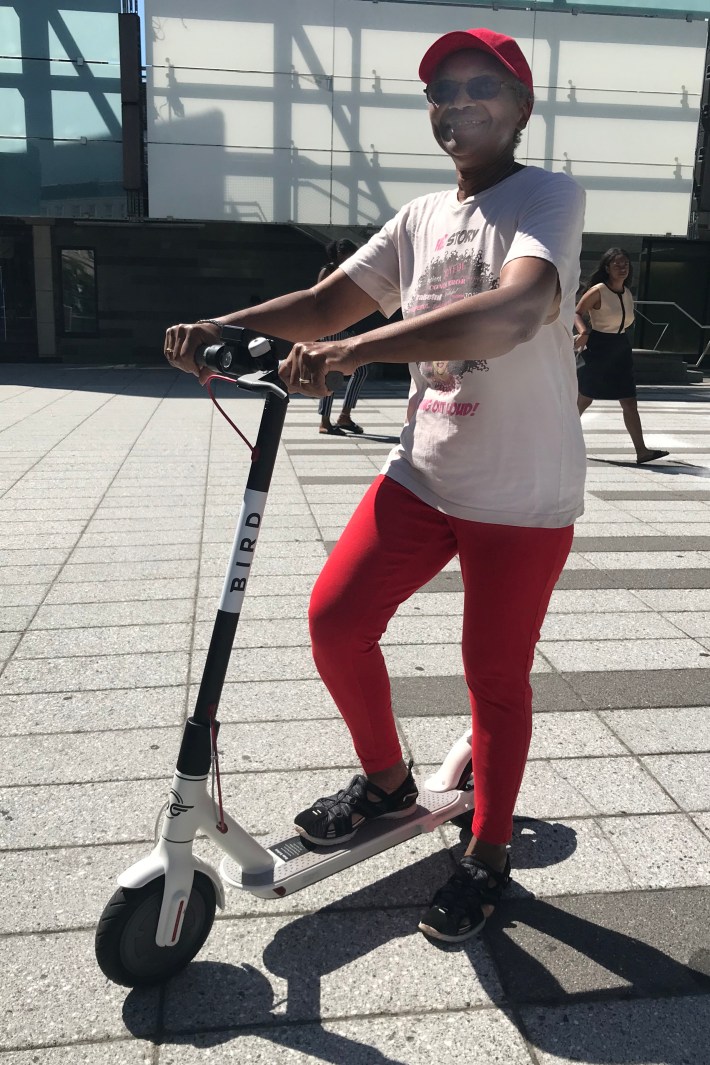
Makers of both Bird and Lime scooters said their devices don't exceed 15 miles per hour, so a speed limit would not be a tough sell with an industry that's lobbying like crazy to get into the New York market.
But many scooters do go faster than 15 mph, and Vaccaro anticipates frenzied competition on the mean streets.
"Moto-scooters are less stable while turning and braking than bikes, plus they require both hands on the steering device, precluding hand-signaling of turns," Vaccaro had tweeted. "[At] 20 mph or even 17 mph...moto-people [will] feel like they are part of a different traffic flow than the pedal cyclists around them. When preparing to turn, they'll assume no one's coming up from behind at faster rate of speed."
Plus, he said, the scooter rider's speed "is exacerbated by their device's inability to brake and turn smoothly, and to signal turns in advance. Given how cramped much of the bike infrastructure can be ... there is ubiquitous potential for very serious turning and passing conflicts between cyclists and moto-scooter operators."
I asked Trottenberg to discuss e-scooters with me, but her press office issued an anodyne statement instead:
The city is not outright opposed to motorized shared-mobility options. DOT is aware of the regulatory options and challenges around scooters, but for now, we need clarity from the state. Any changes must balance technical and transportation issues, and especially address the safety concerns we have about these scooters and their impacts on the city streets we work to improve each day through Vision Zero. This is an exciting and challenging time in urban transportation with many innovative technologies hitting our streets, but that also brings regulatory and safety concerns we must address.
Exciting...and challenging. Vaccaro says he still worries about "allowing moto-scooters (and ebikes) into our hard-won, world-class and generally safe and comfortable [bike] infrastructure."
